Table of content
Basil (Ocimum basilicum), a fragrant herb beloved for its sweet, peppery notes, is a cornerstone of cuisines worldwide. From pesto and Caprese salads to Thai stir-fries, its versatility elevates dishes with a burst of freshness. However, basil’s delicate leaves wilt quickly after harvesting, posing a challenge for home cooks and gardeners alike. Preserving this herb properly ensures its vibrant flavor and aroma endure long after harvest. This article explores actionable, science-backed methods to extend basil’s shelf life, from refrigeration to advanced techniques like oil infusion and fermentation.
Understanding Basil’s Vulnerability
Basil’s rapid deterioration stems from its high moisture content and sensitivity to ethylene gas, a ripening hormone emitted by fruits like apples and bananas. Exposure to air, light, and heat accelerates oxidation, turning vibrant green leaves into a dull, blackened mess. To combat this, preservation methods must either slow enzymatic reactions (via cold storage) or remove moisture (through drying or freezing).
Refrigeration: The Short-Term Solution
Refrigeration buys time but isn’t a permanent fix. Here’s how to maximize freshness:

A. The “Flower Vase” Method
- Step 1: Trim the basil stems at a 45-degree angle to enhance water absorption.
- Step 2: Place the bunch in a glass or jar filled with 1–2 inches of cool water, like a bouquet.
- Step 3: Cover the leaves loosely with a plastic bag, securing it with a rubber band around the rim. This creates a humid microclimate.
- Step 4: Store at room temperature if using within 24 hours, or refrigerate for up to 5 days.
Pro Tip: Change the water daily to prevent bacterial growth. Remove wilted leaves immediately to avoid spoilage.
B. Damp Paper Towel Technique
For pre-washed basil:
- Step 1: Rinse leaves gently and pat dry with a salad spinner or towel.
- Step 2: Layer leaves between damp (not soaking) paper towels.
- Step 3: Place the packet in a sealed container or resealable bag.
- Step 4: Refrigerate for up to 7 days.
Avoid: Storing basil in airtight containers without ventilation, as trapped moisture encourages mold.
Freezing: Locking in Flavor for Months
Freezing halts enzymatic activity, preserving basil’s essence. However, texture changes are inevitable—thawed leaves become limp, making them unsuitable for salads but ideal for cooked dishes.
A. Blanching Method
Blanching deactivates enzymes that cause flavor loss:
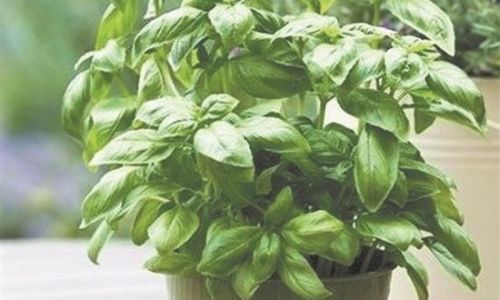
- Step 1: Boil water in a pot; prepare an ice bath.
- Step 2: Submerge basil leaves for 2–3 seconds, then plunge into ice water.
- Step 3: Pat dry and chop coarsely.
- Step 4: Freeze in airtight containers or ice cube trays with water or olive oil.
Pro Tip: Blanched basil retains color better but may lose some volatile oils.
B. Raw Freezing
For maximum flavor retention:
- Step 1: Skip blanching. Wash, dry, and chop basil.
- Step 2: Mix with a neutral oil (e.g., grapeseed) to prevent clumping.
- Step 3: Spoon into ice cube trays and freeze. Transfer cubes to a labeled freezer bag.
Usage: Toss cubes directly into soups, stews, or sauces during cooking.
Drying: Concentrating Aroma for Pantry Storage
Dried basil lacks the punch of fresh leaves but offers a convenient alternative. Proper drying prevents mold and preserves essential oils.
A. Air Drying
- Step 1: Tie 5–6 stems together with twine.
- Step 2: Hang upside-down in a cool, dark, well-ventilated area (e.g., attic) for 1–2 weeks.
- Step 3: Once crisp, crumble leaves and store in an airtight jar away from light.
Pro Tip: Avoid humid environments, as moisture promotes mold.
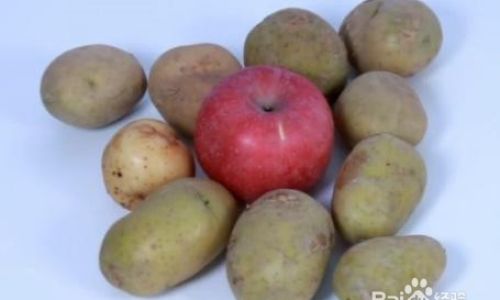
B. Oven Drying
- Step 1: Preheat oven to the lowest setting (170°F/77°C or lower).
- Step 2: Spread single-layer basil leaves on a baking sheet.
- Step 3: Bake for 1.5–2.5 hours, checking every 30 minutes. Leaves should crumble easily.
Warning: High heat degrades flavor; use a dehydrator if available (set to 95°F/35°C for 4–6 hours).
Pesto: The Ultimate Flavor Bomb
Pesto transforms basil into a shelf-stable paste. Traditional recipes use pine nuts, Parmesan, garlic, and olive oil.
Recipe:
- Ingredients: 2 cups basil, ½ cup olive oil, ⅓ cup nuts, ½ cup cheese, 2 garlic cloves.
- Instructions: Blend until smooth. Freeze in jars (leave ½-inch headspace) or ice cube trays.
Variations: Substitute nuts with sunflower seeds for a budget-friendly option or add spinach for a milder flavor.
Oil Infusion: Preserving in Fat
Basil-infused oil adds gourmet flair to dressings and marinades. However, improper storage risks botulism—a severe foodborne illness.
Safe Method:
- Step 1: Blanch basil leaves for 2 seconds, then shock in ice water.
- Step 2: Pat dry and blend with olive oil (1:1 ratio).
- Step 3: Strain through cheesecloth and bottle. Store refrigerated for up to 2 weeks.
Avoid: Leaving herbs submerged in oil at room temperature.

Vinegar or Alcohol Preservation
Basil-infused vinegar or vodka imparts herbal notes to cocktails and vinaigrettes.
Process:
- Step 1: Pack clean basil leaves into a sterilized jar.
- Step 2: Cover with white wine vinegar or 40% ABV vodka.
- Step 3: Seal and store in a cool, dark place for 2–4 weeks. Strain before use.
Pro Tip: Use within 6 months for peak flavor.
Advanced Technique: Fermentation
Lacto-fermented basil develops probiotic benefits and a tangy twist.
Method:
- Step 1: Pack basil into a jar with 2% brine (1.5 tbsp salt per cup water).
- Step 2: Weigh down leaves with a fermentation weight.
- Step 3: Ferment at 60–70°F (15–21°C) for 5–7 days. Burp daily to release CO2.
- Step 4: Refrigerate for up to 6 months.
Usage: Blend into dressings or pair with cheeses.
Common Mistakes to Avoid
- Washing Basil Before Storage: Excess moisture accelerates spoilage. Wash only before use.
- Storing Near Fruits: Ethylene gas from apples/bananas turns basil black.
- Using Dull Knives: Blunt blades bruise leaves, releasing enzymes that hasten decay.
- Overcrowding Containers: Leaves need airflow to prevent mold.
Maximizing Shelf Life: Additional Tips
- Harvesting: Pick basil in the morning when oils are most concentrated.
- Pruning: Regularly trim flowers to encourage leaf growth.
- Regeneration: Place cut stems in water to grow roots for a continuous supply.
Conclusion: Choosing the Right Method
- For Immediate Use (1–7 days): Refrigerate using the flower vase or damp paper towel method.
- For Cooking (3–6 months): Freeze in oil cubes or make pesto.
- For Pantry Storage (6–12 months): Dry or ferment.
- For Gourmet Gifts: Infuse oils or vinegars.
Basil preservation is both an art and a science. By understanding the herb’s biology and experimenting with techniques, you can enjoy its garden-fresh taste year-round. Whether tossing frozen cubes into a weeknight pasta or sprinkling dried leaves over pizza, these methods ensure basil remains a kitchen staple long after harvest season ends.
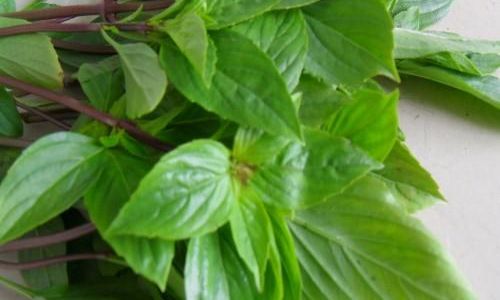
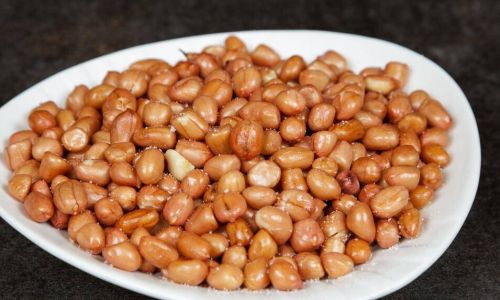
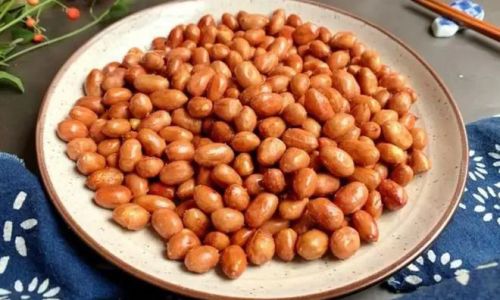



0 comments